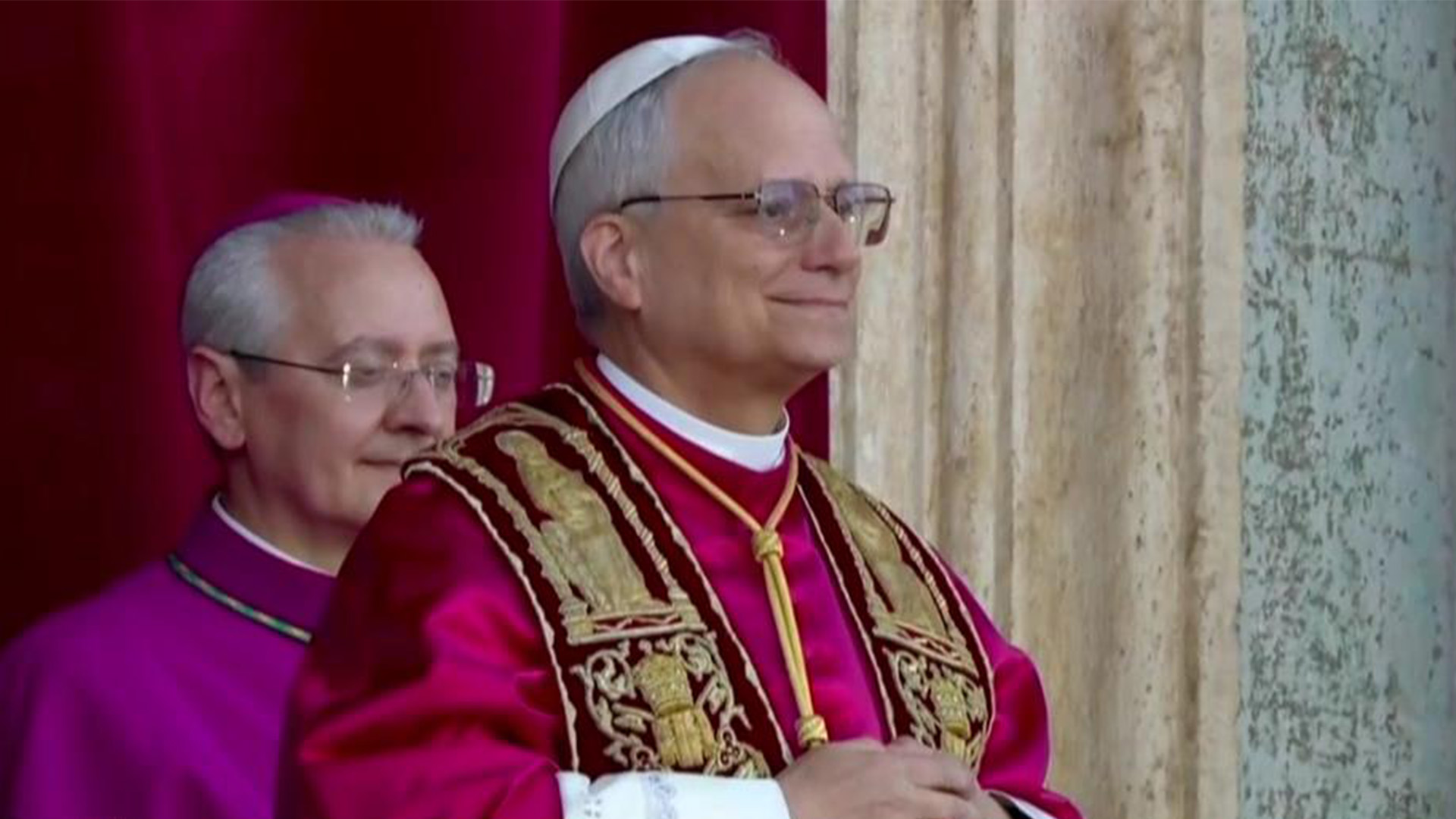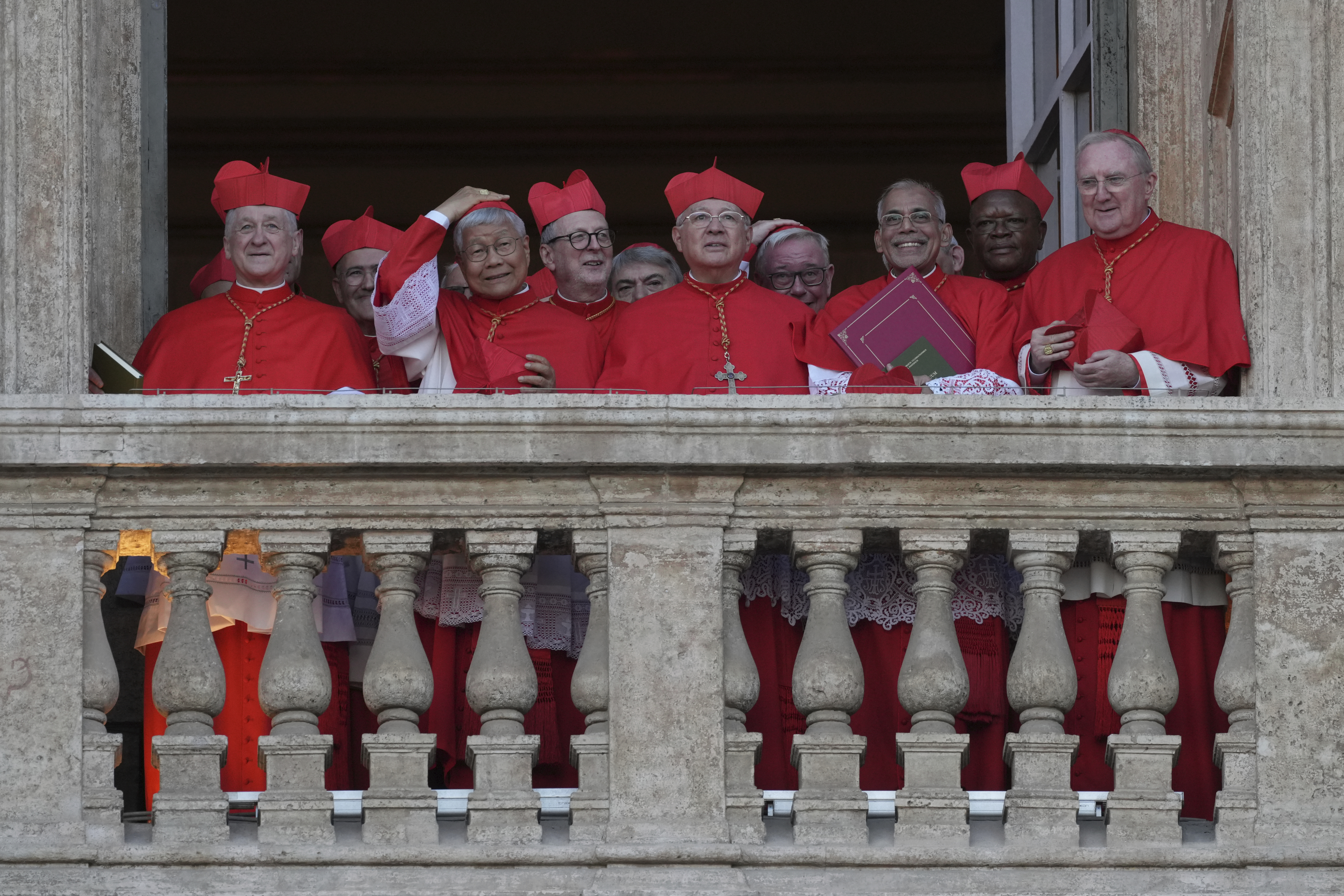What is the science behind the smoke signals on the Sistine Chapel to announce if a new pope has been elected?
Dr. Olivia Castellini, senior exhibit strategist at the Griffin Museum of Science, says chemicals are added to the fire to slow down the combustion reaction and create smoke.
Dr. Olivia Castellini, senior exhibit strategist at the Griffin Museum of Science and Industry talks about how the Sistine Chapel's smoke signals are made.
"When it is a black fire, they add in potassium perchlorate, anthracene and sulfur," Dr. Castellini said. "So the potassium perchlorate is bringing the oxygen to the party because that is one of the ingredients for our combustion. The anthracite is going to be our fuel, it doesn't like to burn completely so you put some sulfur in there to help things along. So you actually end up using up the oxygen before the fuel, so you get a lot of soot that comes out and the soot is black.
The white smoke is a slightly different chemical composition.
"You have calcium chlorate, which again is going to bring that oxygen, you use lactose, which is just sugar," Dr. Castellini said. "Sugar burns really quickly, very cleanly, so you get a clean smoke coming out. And they also add pine resin, which used to be called pitch, so that has a lot of water. You have a lot of water and particles that come out. You are basically making an artificial cloud."


























